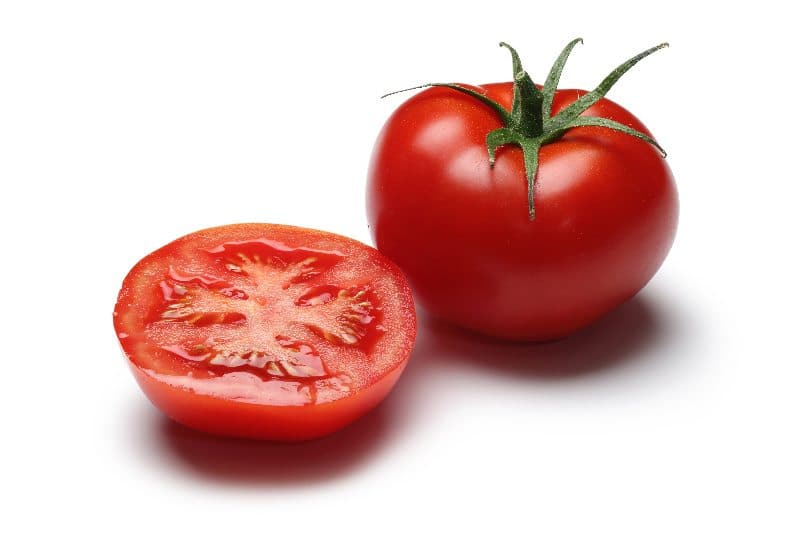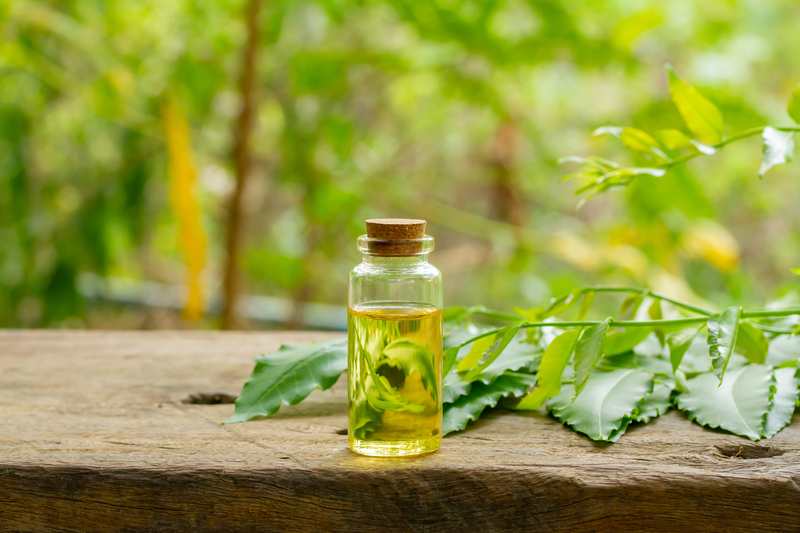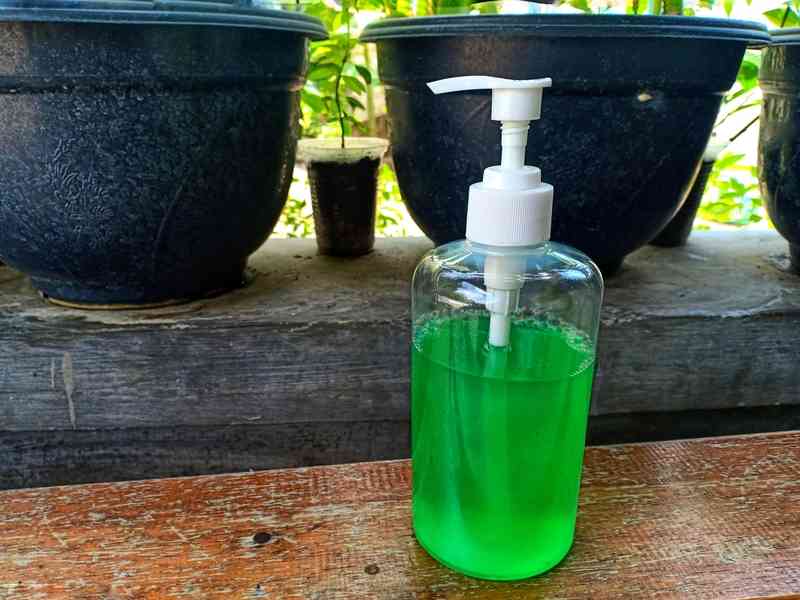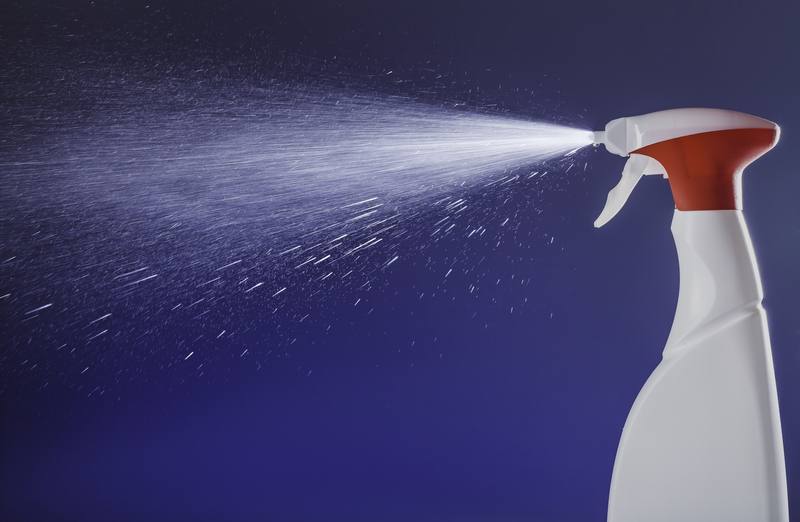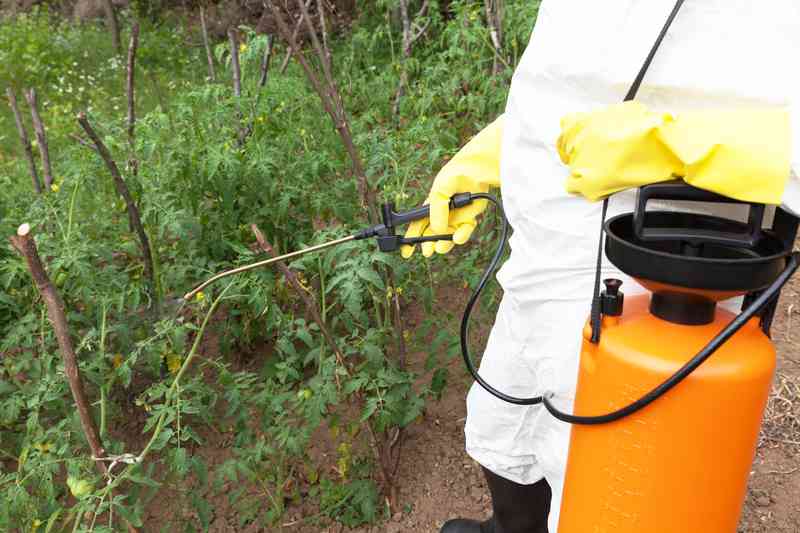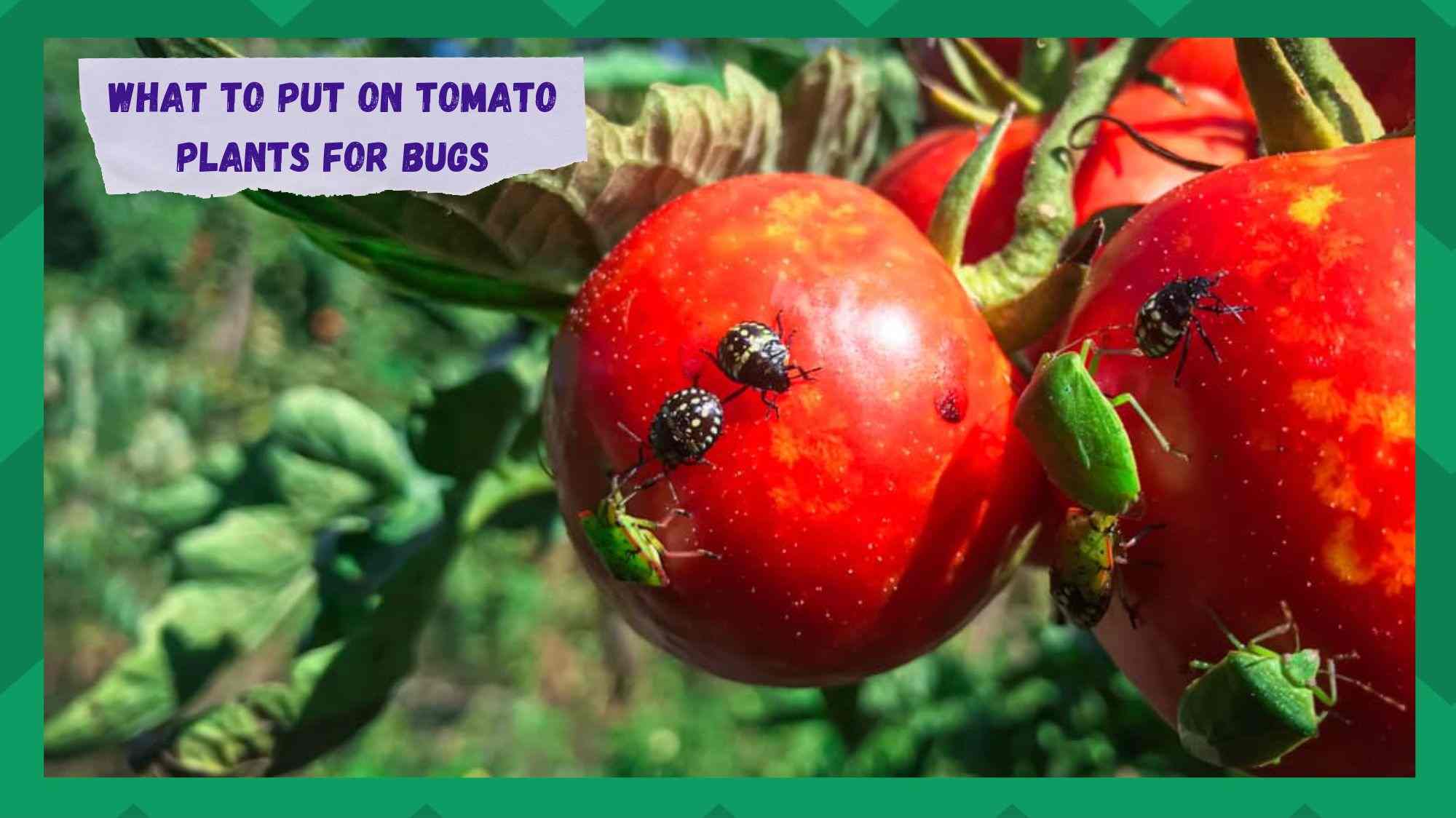
Tomato is an edible fruit from the Solanaceae group of flowering plants. Although it comes in wide varieties, most tomatoes are round, tender, and red. It is added to many dishes and salads and is also eaten uncooked.
Its plant is sun-loving and is usually planted during spring. Its plant ranges in size from 6-10 feet and has distinctive weak woody stems.
Besides adding flavor to your dishes, tomatoes offer lots of incredible health benefits as well. The chlorogenic acid found in tomatoes regulates the blood pressure in your body, which is important to keep your heart in good health.
They contain potassium that widens the arteries to allow the blood to flow through properly. In addition to that, eating tomatoes regularly has been associated with improved skin health and red cheeks.
While some bugs are actually good for your tomato plants, most of them cause severe damage. This is why it is important to get rid of them to keep your plants from dying. In this article, we will cover three options that you can put on your plants to save them from bugs.
Best Options for What to Put On Tomato Plants To Save From Bugs
Some effective products that can be used to save tomato plants from plant bugs are listed below.
Using neem oil is a great way to protect your tomato plants from bug infestation. It is derived from the Azadirachta indica plant, commonly known as the neem plant.
This plant is indigenous to the Indian subcontinent and dry regions across South Asia. The neem plant has seeds and fruits that are pressed to obtain neem oil.
Thanks to its excellent insecticide action, neem oil can be used to save tomato plants from bugs. Neem oil contains a substance called Azadirachtin, which kills the bugs of every stage, be it larva or adult.
Neem oil can eliminate over 200 types of bugs, which makes it one of the most effective organic insecticides. In addition to that, it is also used as a blanket treatment to protect tomato plants from a wide variety of plant diseases, including powdery mildew.
The best thing about neem oil is that it does not harm insects that are beneficial to your plants, such as butterflies. Butterflies and other insects play a key role in pollination, helping your plants grow.
It’s no secret that most insecticides nowadays kill beneficial insects too, which negatively impacts the overall growth of your tomato plants. In addition to pollination, insects can benefit your plants in many other ways. While using neem oil, you can rest assured that you won’t kill those insects.
Another good thing about neem oil is that it is biodegradable, which means that it breaks down easily without harming the environment. Furthermore, it is quite safe to use and does not cause any severe reaction.
However, you should seek medical help if you experience stomach irritation after applying it or if it comes in contact with your eyes.
Making Neem Oil At Home
If you are a DIYer, you’d be glad to know that you can also make neem oil at home. Making it at home is a better option, especially if you are dealing with a heavy pest infestation.
This is because you can make it stronger than it is allowed to sell in stores. No matter how many insects attack your tomato plants, it will be enough to get rid of them.
To make neem oil at home, you will need organic neem oil, dish soap in liquid form, and water. While purchasing organic neem oil, make sure that it is cold-pressed and has high amounts of Azadirachta. It is advised to opt for the crude oil having 100% Azadirachta.
Start by mixing neem oil with water. It is crucial to dilute neem oil properly. Add too much water; the solution won’t be powerful. Add too much neem oil; it may cause leaf burn. Check to see if instructions are given on the neem oil package. If yes, make sure to read them before making the solution.
As we all know, oil does not dissolve in water. When you add it to the water, it will sit on top of the water and form a layer. So, the liquid dish soap will act as an emulsifier and help them to mix properly.
Pour half teaspoon of dish soap into the jar and close the lid tightly. Next, shake the jar for a few seconds. When done, apply it to your tomato plants to get rid of bugs on tomato plants.
- Soap and Water
The soap and water solution can also work wonders when it comes to eliminating pests from tomato plants. The first step is to gather all the required materials. You will need liquid dish soap, vegetable oil, and water. If you don’t have vegetable oil, soybean or peanut oil will also work just fine.
Combine vegetable oil with dish soap and add some water. It would be good to pour the solution into a spray bottle for precise application. And yes, make sure that the dish soap is free of toxic chemicals that can cause additional damage to your tomato plants.
Having said that, it is important to note that this solution only kills the bugs when applied to their bodies. So, apply it to the underside of the leaves of your tomato plants, where bugs are often found.
- Commercial Products
The market has many commercial products that can be used as pesticides to control bugs. They come in two types, i.e., organic insecticides and inorganic insecticides. It is not a one-size-fits-all product. So, choose one according to the pest level and type.
Consider consulting with a garden professional before using an insecticide. They will inspect your tomato plants and tell you if you really need an insecticide. Moreover, make sure to follow the instructions mentioned in the package.
The Bottom Line
Tomatoes are loved for their mild flavor and nutritional benefits. They are easy to care for but are susceptible to bugs. Bugs can deform the leaves and kill your plants in no time.
Neem oil is a powerful insecticide that saves your plants from bugs without damaging them. From aphids to whiteflies, it can keep all types of bugs at bay. If not available, you can also opt for the soapy water solution.

